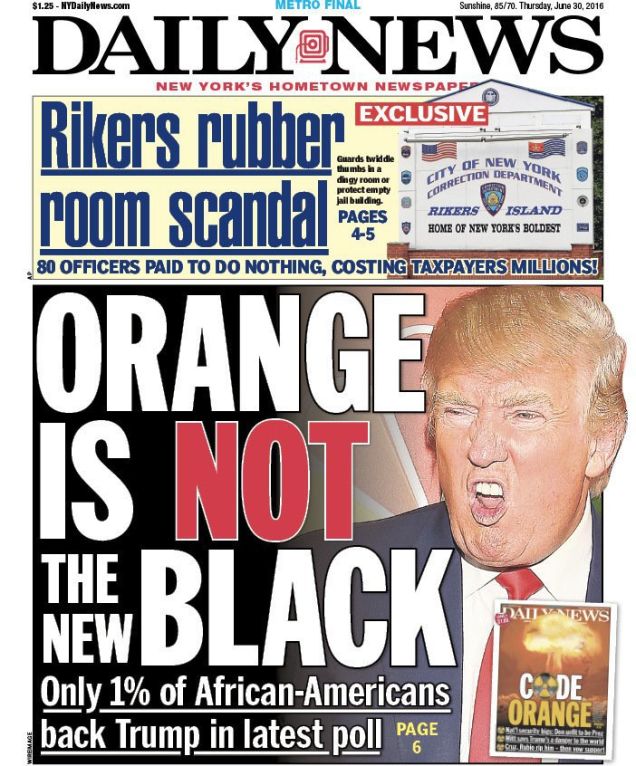High speed internet is an internet connection with speeds at 25 Mbps or above according to the Federal Communications Commission. Under the current FCC guidelines, internet providers must deliver a minimum of 25 Mbps internet speeds to be able to advertise their internet as high speed or broadband. Any internet speeds below 25 Mbps is not considered high speed internet or broadband and the FCC can and does fine internet providers for violating their guidelines.
However, the FCC created that standard nearly ten years ago. It’s highly debatable that 25 Mbps is really fast enough for modern online activities and devices. Can we all still call 25 Mbps speeds high speed internet after 10 years? Internet usage at home has evolved tenfold. We do everything online now, making internet service a necessity instead of a commodity. Kids can’t complete their homework and adults can’t pay their bills or apply to jobs or even work without a high speed internet connection. To add to all of this most people have more than one internet connected device operating in the home at a time per person.
Internet providers have evolved too and many of them offer speeds at record breaking heights as fast as 5 Gbps in some select areas. Since the COVID-19 pandemic, even the FCC acknowledges that their guidelines regarding high speed internet are out of date. They’ve proposed changing these guidelines to speeds that are much faster sometime in the near future.
Do I Need High Speed Internet?
Yes! If you have access to true high speed internet, you’ll want to get it for the best experience. All common online activities require high speed internet to be functional, especially if there’s more than two devices and multiple users in the home.
| Internet Speeds | Number Of People | Number Of Devices | Online Activities |
| 5 Mbps to 25 Mbps | 1 | 1-2 | Web browsing, checking emails, casual scrolling through social media. |
| 25 Mbps to 50 Mbps | 1-2 | 2-3 | Streaming HD videos, streaming music, casual gaming. |
| 50 Mbps to 100 Mbps | 2-4 | 2-4 | Streaming 4K videos, online gaming, working from home. |
| 100 Mbps to 500 Mbps | 5+ | 10+ | Serious online gaming, home security systems, smart home devices. |
| 500 Mbps to 1,000 Mbps | 10+ | 15+ | Running a small business, live streaming games, video or podcasts. |
Four Major Types Of High Speed Internet
From blazing fast fiber internet to dreaded dial-up; Not all internet technology is the same. Here are the most popular types of high speed internet available:
Fiber Optic Internet: Fiber optic internet the fastest high speed internet option available today with speeds up to 5 Gbps or 5,000 Mbps depending on where you live. The connection is delivered to your home via glass strands bound together to form cables that are buried underground. Due to infrastructure and budget restraints, fiber internet is limited to urban and densely populated suburban areas.
Cable Internet: Cable internet is the second best option available for high speed internet with internet speeds from as low as 10 Mbps to as fast as 500 Mbps. Cable internet is delivered into homes via their existing TV coaxial cables. Higher speeds are becoming more common amongst cable internet providers with more investments in infrastructure. To reach such high speeds, internet providers use a mixture of cable and fiber optic connections to reach.
Satellite Internet: Satellite internet is an excellent internet option for rural residents that cannot get fiber, cable or DSL internet in their home. Satellite internet speeds range from 25 Mbps to 150 Mbps through the use of satellite dishes and a clear view of the sky. Data gets sent to and from your home satellite to one in the sky and back.
DSL Internet: DSL internet is delivered to your home using your existing telephone line. However, buyers beware. Although DSL is more widely available than fiber or cable, DSL internet connections can be slower than what is considered ‘high speed internet’ by the Federal Communications Commission in rural areas. DSL internet speeds can range anywhere between 5 Mbps to 50 Mbps.
Top 10 Fastest Internet Providers Nationwide
There are so many internet options available to choose from today at varying prices, speeds and terms. But the number one feature that sets them all apart is the speeds they can deliver. To help you find the very best internet provider available near you, we’ve ranked the top ten fastest internet providers available nationwide here.
| Rank | Internet Provider | Best In | Internet Type | Download Speeds | Monthly Price |
| #1 | Verizon Fios | Bundle Deals | Fiber | 300 Mbps to 940 Mbps | $24.99 to $64.99 per month |
| #2 | Charter Spectrum | Availability | Cable & Fiber | 300 Mbps to 1 Gbps | $49.99 to $89.99 per month |
| #3 | Comcast Xfinity | Affordable Pricing | Cable & Fiber | 200 Mbps to 1200 Mbps | $25 to $80 per month |
| #4 | Metronet | Fiber Internet | Fiber | 100 Mbps to 1 Gbps | $49.95 to $59.95 per month |
| #5 | HughesNet | Rural Internet | Satellite | 25 Mbps | $49.99 to $124.99 per month |
| #6 | CenturyLink | Up And Coming Fiber Internet Provider | DSL & Fiber | 100 Mbps to 940 Mbps | $50 to $70 per month |
| #7 | Optimum | Low Introductory Prices | Cable & Fiber | 300 Mbps to 940 Mbps | $40 to $80 per month |
| #8 | T-Mobile | Deals | Wireless 5G | 5G / average 150 Mbps | $50 per month |
| #9 | AT&T | Top Speeds | Fiber | 300 Mbps to 5 Gbps | $55 to $180 per month |
| #10 | Cox Communications | Plan Options | Cable | 100 Mbps to 1 Gbps | $49.99 to $119.99 per month |
Where Is High Speed Internet Available?
High speed internet as is according to the FCC guidelines is available nationwide. However, internet speeds offered to urban and suburban residents are much faster than internet speeds available in rural areas.
This is due to the lack of infrastructure in place to provide faster speeds and unfortunately the incentive is simply not there for most providers to expand further. Infrastructure is expensive and they recoup their costs faster where there are more homes to sell to. The American government is working diligently to amend this with federal funding allocated for each state and territory.









